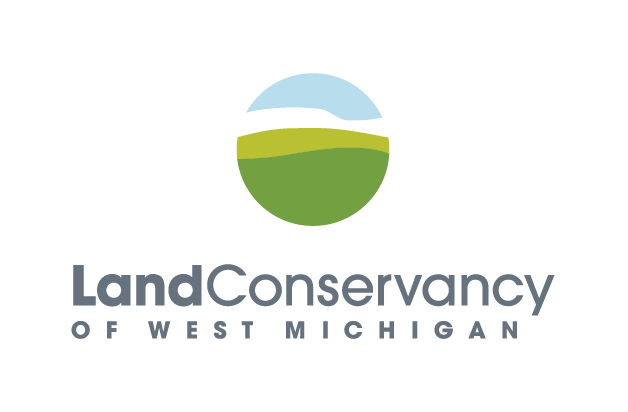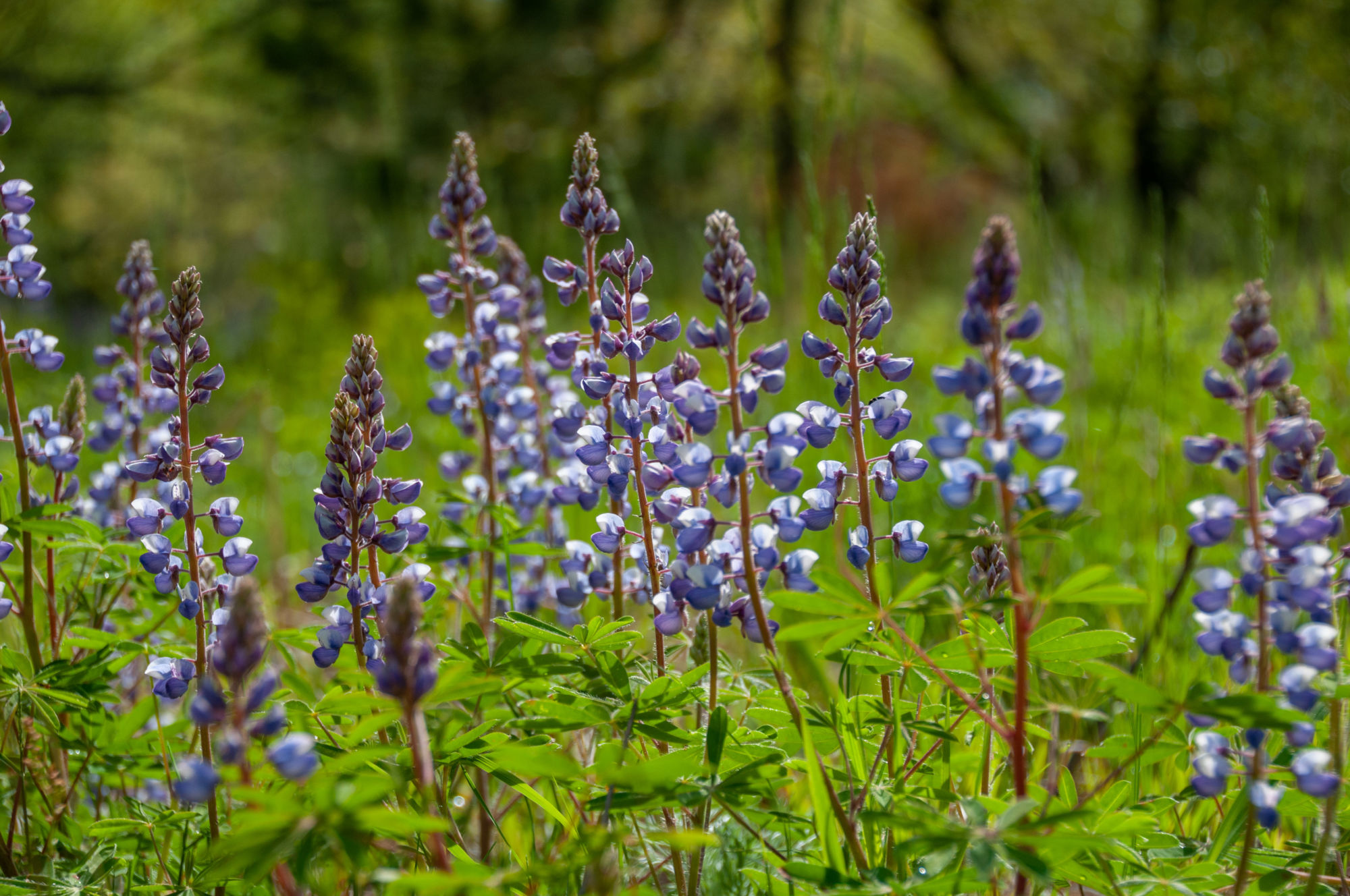
Focal Region Feature: Lake Michigan Shoreline
Earlier this year, the Land Conservancy of West Michigan unveiled its first ever Strategic Conservation Plan. The plan identifies three regions where we will focus conservation efforts. In this article, we explore the Lake Michigan Shoreline with LCWM’s Stewardship and Land Protection Directors.
The western border of the Land Conservancy of West Michigan’s service area is the scenic coast of Lake Michigan. This special stretch of land is home to an astounding variety of ecosystems—from the sandy lakeshore, to the towering coastal dunes, to the shaded back dune forests. Migrating birds and insects flock to these areas to rest on their annual journeys. Fox, deer and bobcats amble through the forests. And plants you’ll scarcely find anywhere else thrive in this unique region.
These ecological treasures are globally rare, and climate change, development and the onset of invasive species threaten their long-term survival. Fortunately, there are things we can do to stem the tide.
“One of the strongest ways to create resilient ecosystems is to make sure habitat patches are connected to each other,” said LCWM Stewardship Director Justin Heslinga.
That is why preserving habitat connectivity is one of the driving forces behind our Strategic Conservation Plan—our guide for how we will proactively approach the conservation of West Michigan’s natural lands for the next 10-15 years.
“Animals and plants move over time, and if they aren’t boxed in by human development, they are able to shift to environments that better sustain them,” said LCWM Land Protection Director April Scholtz.
“If a disease or disturbance wipes out a species in one patch, others can move in from a nearby location, preserving regional biodiversity,” Justin said.
It isn’t easy to sum up why biodiversity—or the variety of life in a given ecosystem—is important. But it is integral to the health of an ecosystem. For example, when an invasive plant species prevents native plants from thriving, the animals who depend on those native plants for food are likewise impacted. This creates a cascading effect that not only harms the health of the entire ecosystem, but the quality of our water, air and ultimately our own health.
Because of the unique diversity of habitats on the Lake Michigan Shoreline, connected natural land in this region is especially important to protect. But this work isn’t easy.
“A big challenge with creating habitat corridors on the lakeshore is that much of the remaining land is either already developed or very expensive,” Justin said. “But with engaged landowners and strong community partners, we have been able to help string together thousands of acres of protected habitat.”
“A prime example of this is our work with Ottawa County Parks, assisting them in the creation of the North Ottawa Dunes and, more recently, Ottawa Sands County Park,” April said. “Both projects required a strong partnership in order to succeed.”
For North Ottawa Dunes in 2005, Land Conservancy staff worked with the County and a group of local citizens who were committed to raising the private funds required to match a grant. In 2018, staff of the two organizations played off each other’s strengths and were able protect Ottawa Sands. Together, the projects created a stretch of public, permanently protected natural land on the lakeshore.
“Now there are more than 2,000 acres of connected dune, shoreline, river and lake habitats, that also provide a 6-mile recreational corridor,” April said.
Another way to create connected habitat is by expanding existing natural areas, as we hope to do at Flower Creek Dunes Nature Preserve in Montague. With community support, we are in the process of acquiring a 43-acre property adjacent to the preserve, land currently owned by Douglas Paprocki.
“It was Doug and his late wife Gretchen who first introduced us to this remarkable area on the lakeshore—a hidden gem, with undeveloped stretches of shoreline and rugged dune forests,” April said. “They were one of the first families to work with the Land Conservancy after the office was opened in Grand Rapids in 1993, and our work with them led us to work with Muskegon County to double the size of the adjacent Meinert County Park and later establish our own preserve nearby on the lakeshore.”
Now, the sale of the Paprocki’s property to the Land Conservancy will further expand the protected Lake Michigan Shoreline in the Montague area.
“The addition of the Paprocki property to Flower Creek Dunes Nature Preserve will help protect a 255-acre corridor of natural land that stretches from Meinert Park to the mouth of Big Flower Creek,” Justin said.
The Paprocki property consists of hilly dunes forested with Eastern hemlock, red oak, maple and more. Birds like pileated woodpecker, vireo and American redstart soar in the overstory, while red fox and white-tailed deer roam the understory. In the fall, an incredible variety of mushrooms can be found fruiting on the forest floor.
“What is most exciting to me is the property’s extreme topography and dense, mature forest, which lends a truly wild character to the land that is increasingly hard to find in West Michigan,” Justin said.
The Paprockis have been incredible stewards of the forest during their ownership, and Doug now hopes to pass that torch to the Land Conservancy so that it will remain thoughtfully protected and cared for in perpetuity.
“The Paprockis’ years of researching and documenting the natural and cultural history of this area, and their stewardship of the land will be of tremendous benefit to the Flower Creek Dunes Preserve, and to those who will enjoy exploring the dunes,” April said.





